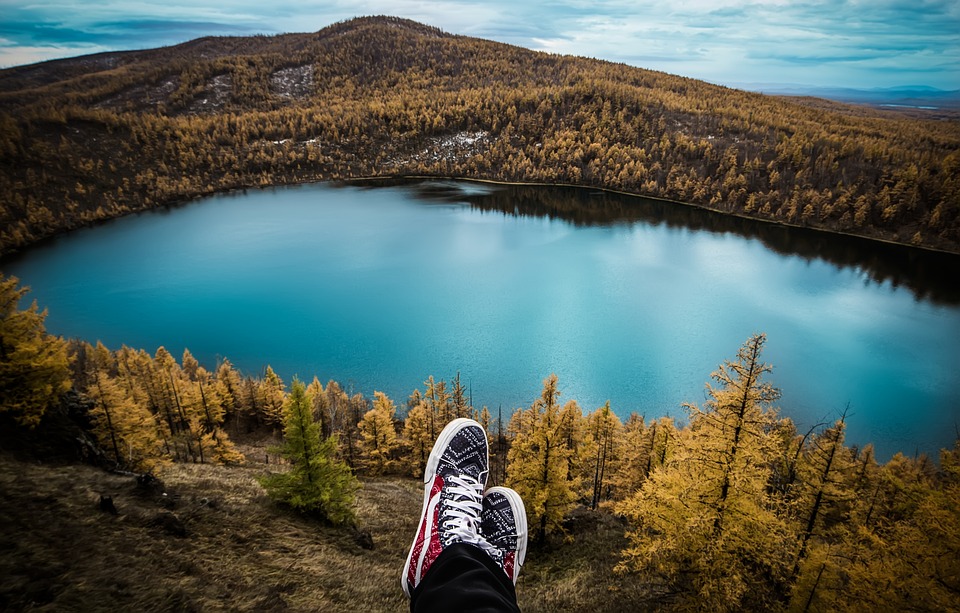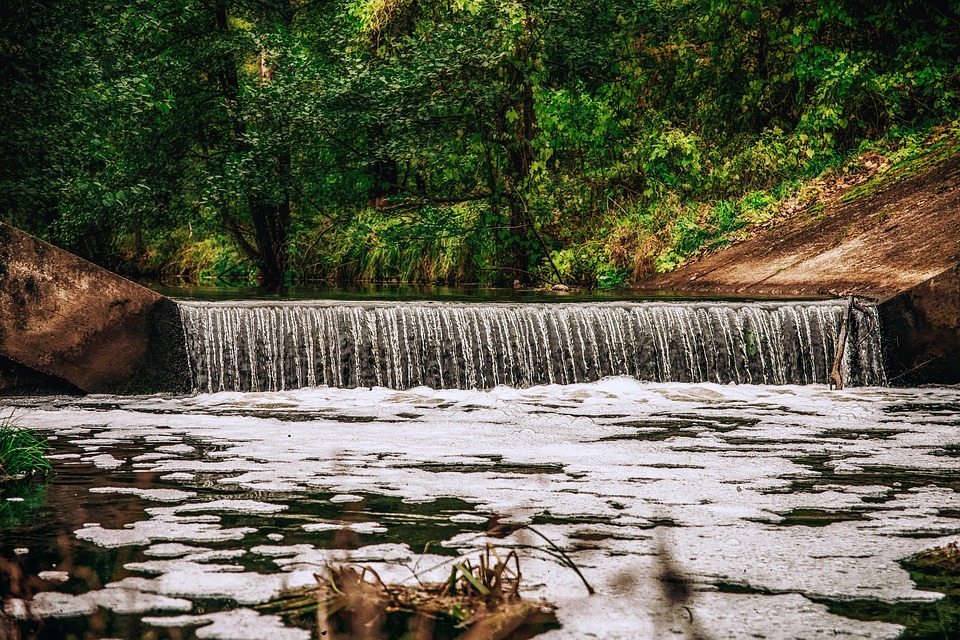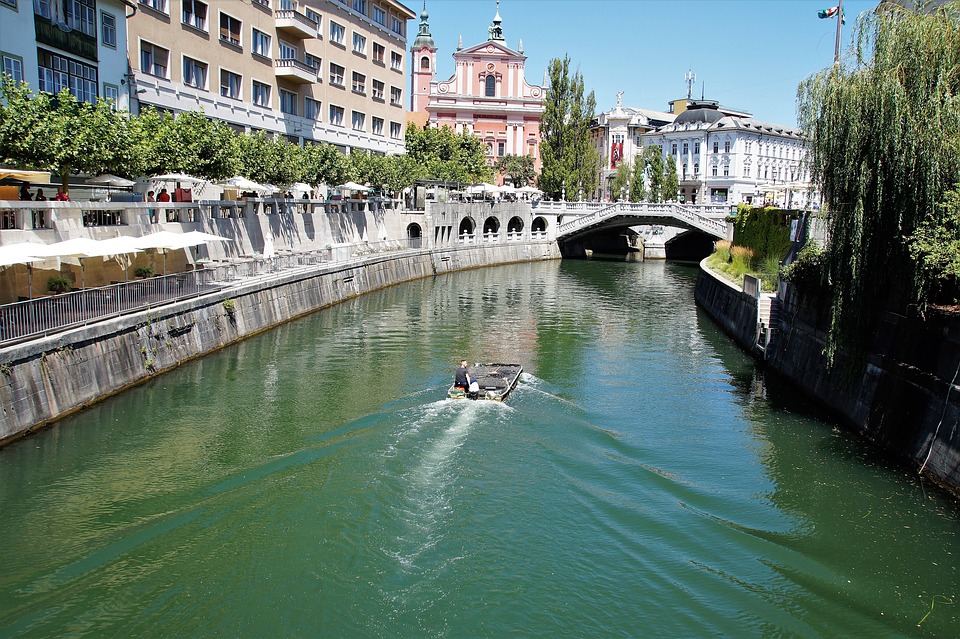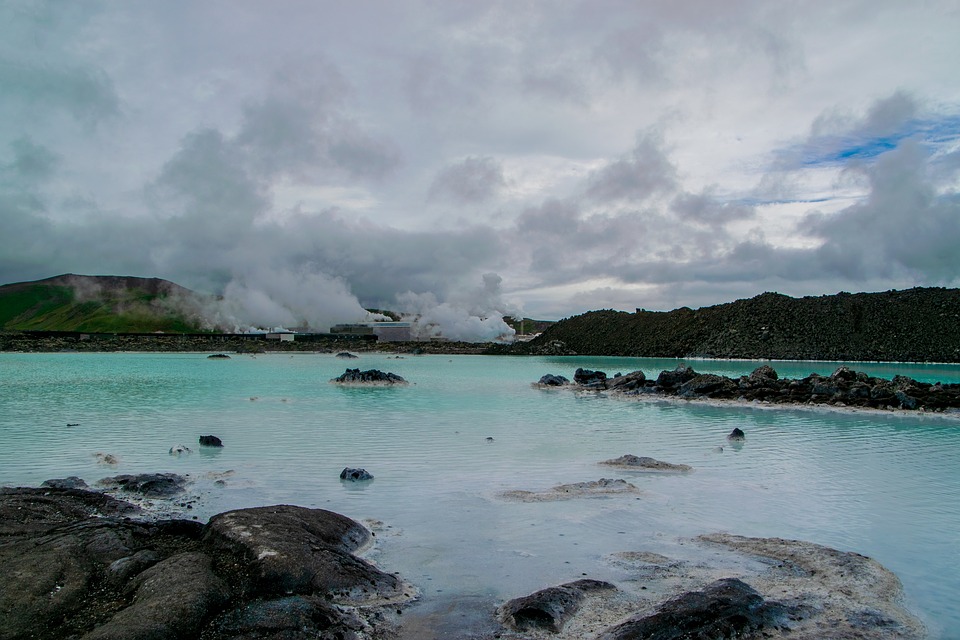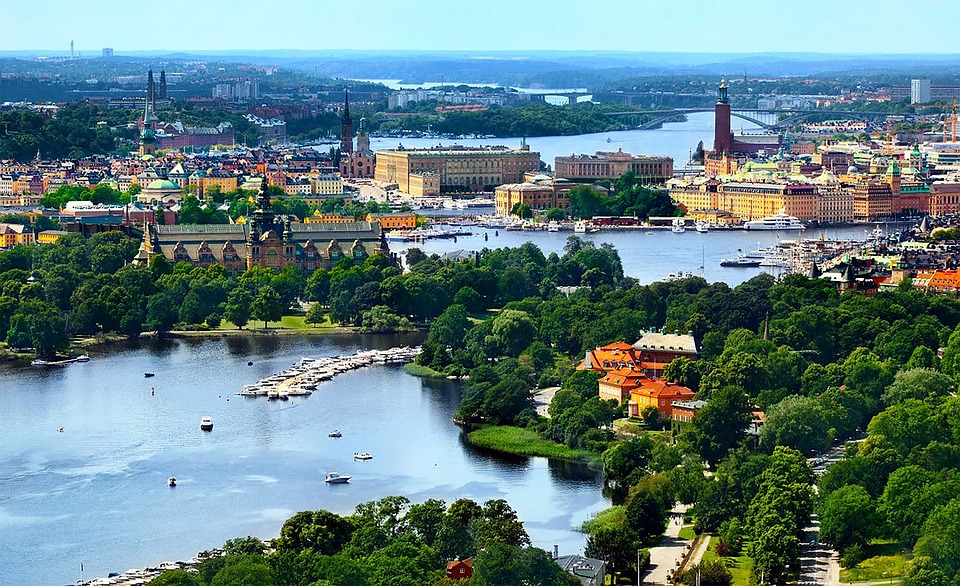“Responsible travel to natural areas leads to the conservation of the environment and the improvement of the welfare of local people.”
– The International Ecotourism Society
Are you in search of a green vacation? Are you looking for eco-conscious destinations? If so, then scroll down to learn about some of the best green destinations!
Galápagos Islands – Ecuador
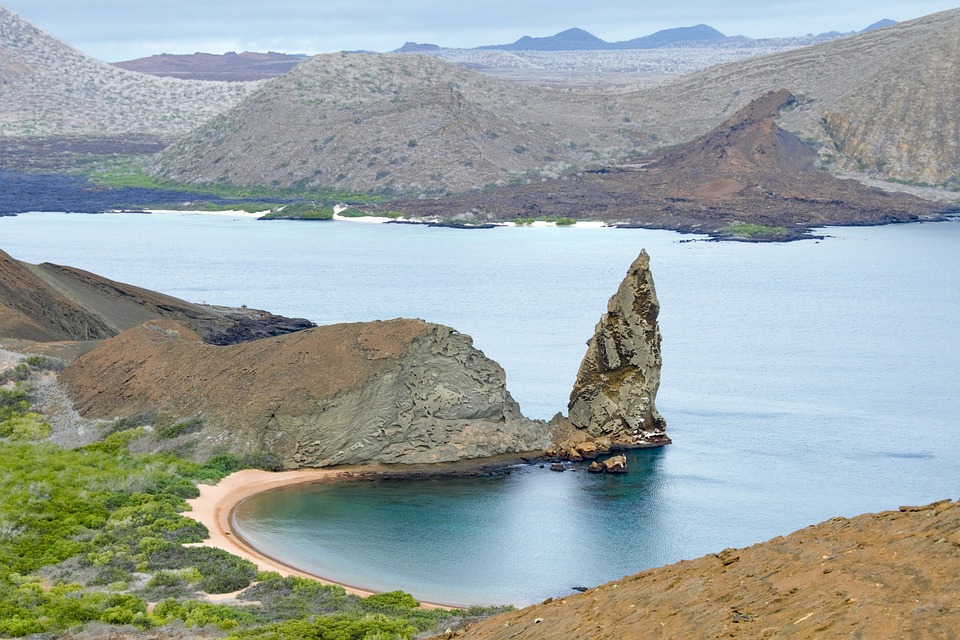
Found in the Pacific Ocean, the Galápagos Islands is a UNESCO world heritage site that is made up of a series of volcanic islands. The processes that formed the islands are reflected through the ongoing seismic and volcanic activity that have also led to the development of unusual fauna like the giant tortoise and land iguana. However, the most interesting fact is how the Galápagos Islands inspired Charles Darwin’s Theory of Evolution following his visit there in 1835.
Now let’s discover what makes the Galápagos Islands an environmentally-friendly destination!
Firstly, according to Global Ideas – a multimedia project that aims to report on biodiversity conservation – in the Galápagos Islands, people and organizations work together to protect native species from the effects of climate change.
Moreover, the use of renewable energies is cleaning up electricity production. For example, the Island of Floreana, also known as “Santa Maria Island”, is powered by electricity which is generated from Jatropha seeds. The Jatropha is a flowering plant from the spurge family which can be used for biodiesel production and medicinal uses. Farmers who have been cultivating this plant were rewarded with a significant economic boost.
Another important green aspect of the Galápagos Islands is the Pikaia Lodge, one of the most luxurious and eco-friendly hotels. But what makes this hotel a sustainable one? With its walls covered with lave stone collected from certain areas and sustainable teak doors and furniture, this innovative carbon-neutral hotel aims at protecting the fragile environment. Besides, the lodge has its own reforestation program, where approximately 10 000 endemic plants were grown and rooftop rain harvesting systems were installed.
Terme di Saturnia- Italy
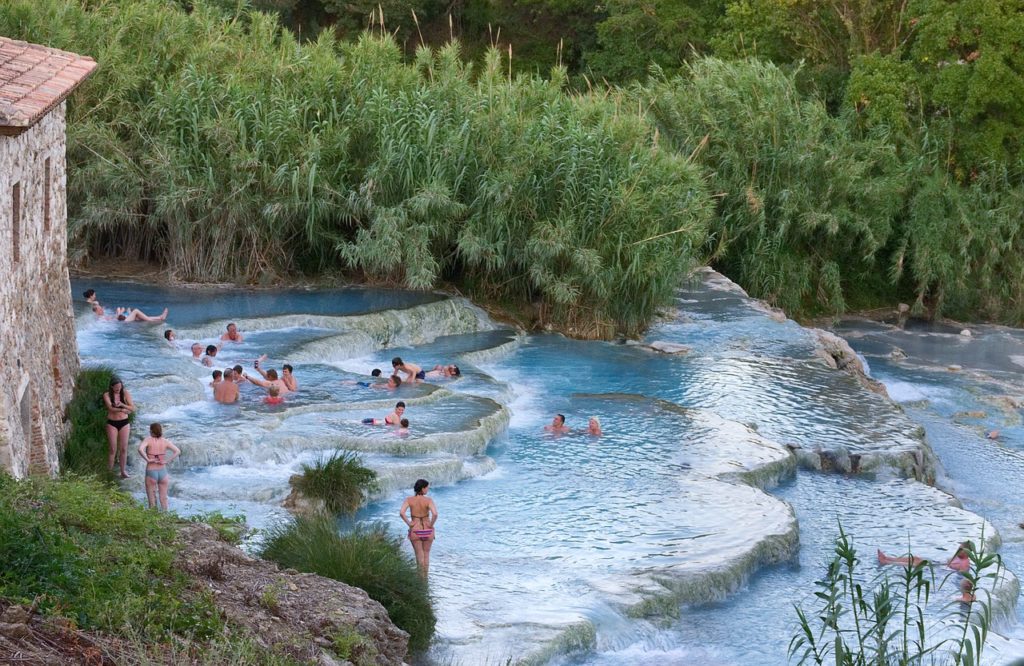
Known as a fascinating attraction in Tuscany, this hot spring was previously a Roman’s preferred bathing spot over 2000 years ago. It has been said that it was created by none other than Jupiter, the god of sky and thunder from Ancient Roman mythology..
The spring water is about 99 degrees Fahrenheit, making it warm enough to swim. The natural water is also noted to have unique elements in reducing acne problems. If you ever find yourself traveling to Tuscany, you need to stop by Terme di Saturnia!
Catalonia – Spain
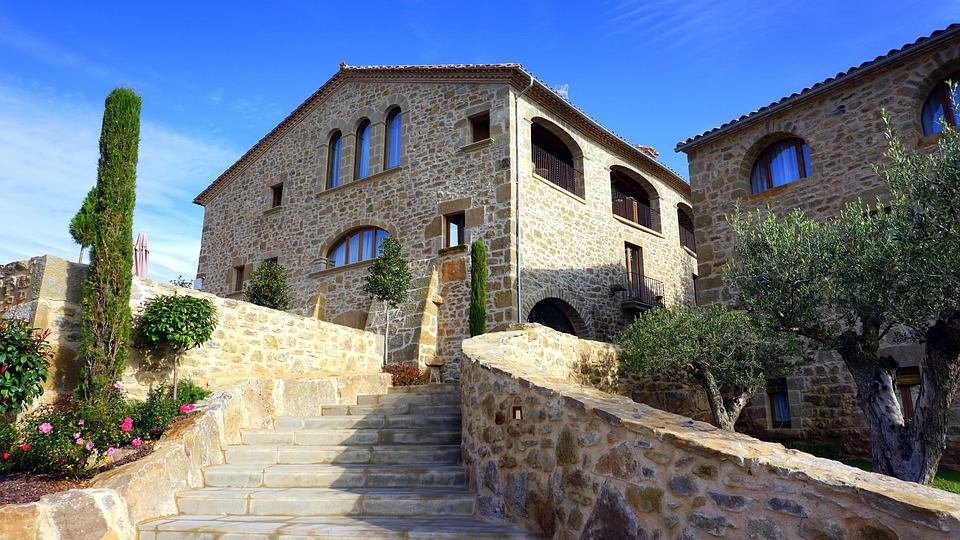
Situated in Spain’s northeastern corner, Catalonia is one of the country’s most prosperous and most highly industrialized regions. It has a distinct story that originates back to the early middle ages. However, we are more interested in its green and sustainable aspects.
Did you know that Catalonia was the first region to obtain the Biosphere Responsible Tourism certification? What is it exactly? The Biosphere Responsible Tourism certification is scheme set up by both UNESCO and the Global Sustainable Tourism Council (GTSC), which provides an internationally recognized sustainability certification, meaning that the awarded city complies with the principles of sustainability. As a result, in Catalonia, you will find many green businesses with an EU Ecolabel, awarded for environmental excellence.
Furthermore, some places in the region like some former coal, lead and salt mines were turned into cultural and environmental areas. Another interesting place is the Fígols-Vallcebre Fumanya, which is considered as one of the most important places in Europe due to its Cretaceous fossil remains. This paleontological area, located in Alt Berguedà, contains several fossilized dinosaur footprints. The Cardona Salt Mountain Cultural Park, found on a hilltop, was previously one of the world’s major potassium chloride mines. However, after closing in the 1990s, it has become a cultural facility that visitors the unique chance to learn about the importance of salt and its exceptional geology.
Among these three locations, which one will you visit first? Please share your comments!
